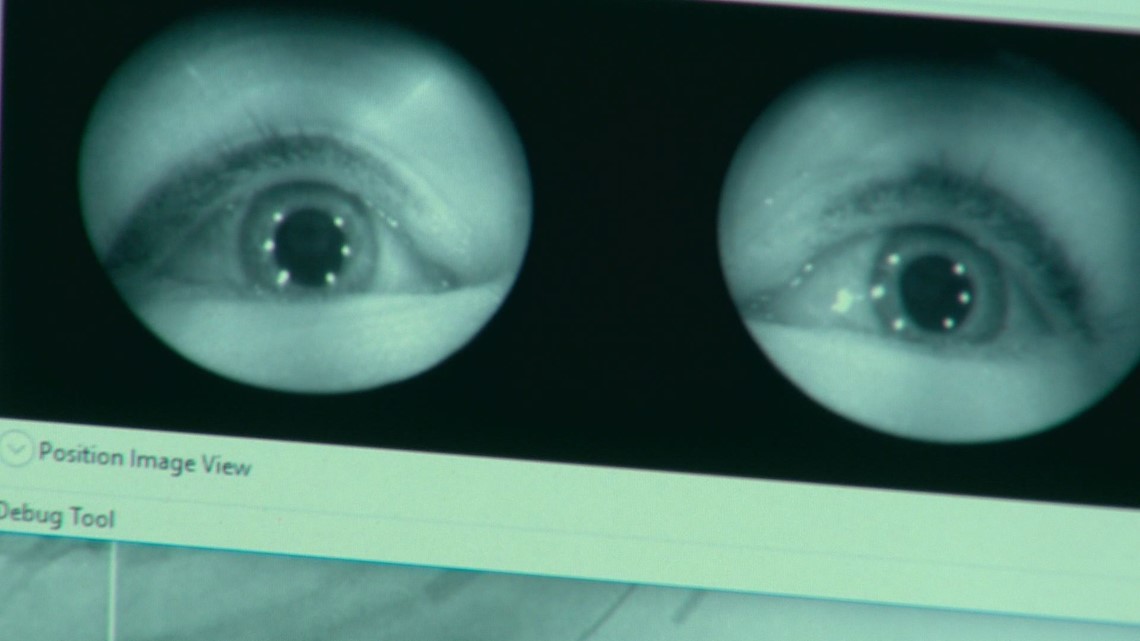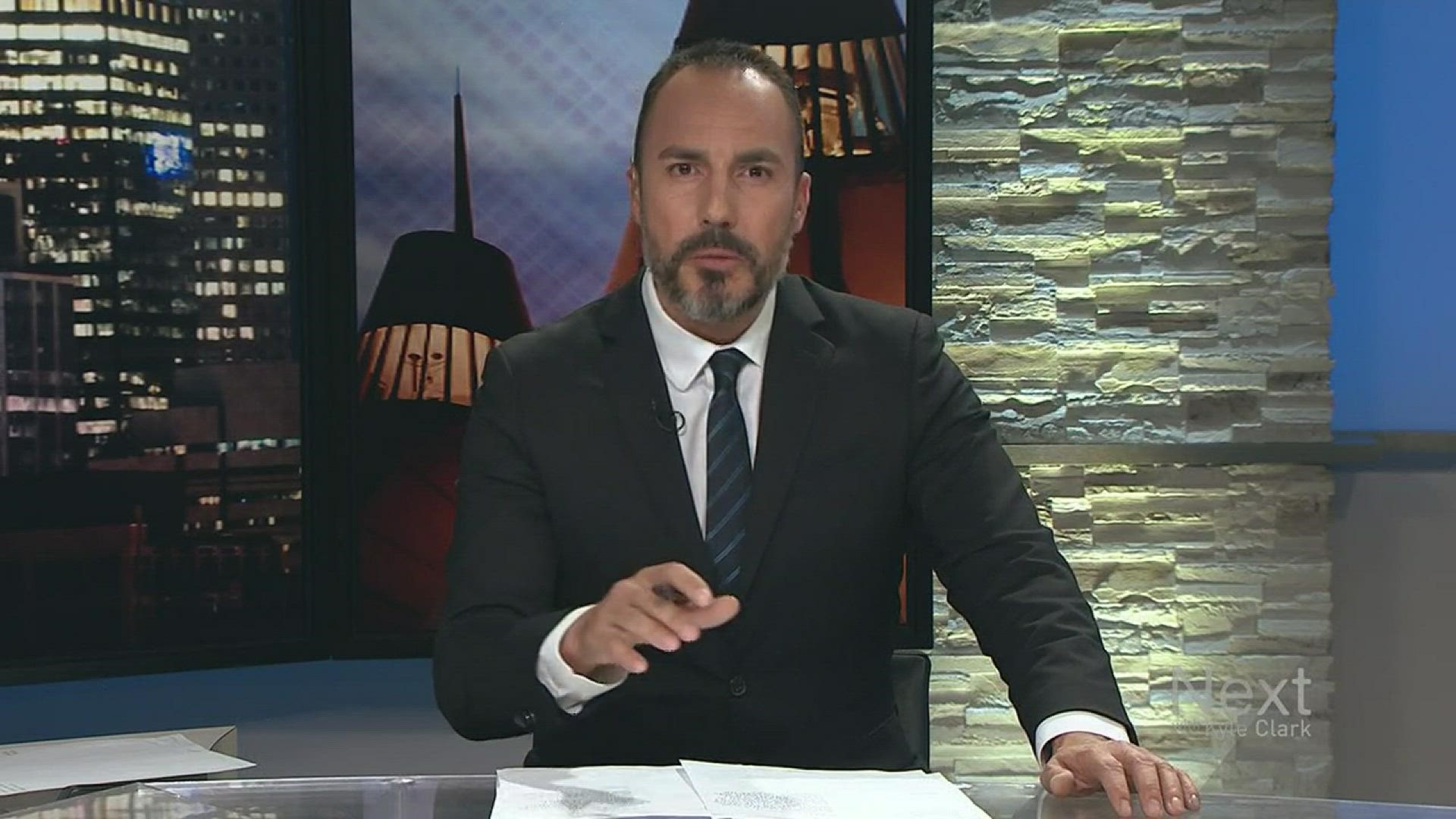AURORA — In a nondescript house in Aurora, Michael Kosnett and Ashley Brooks-Russell are leading a team of researchers from the Colorado School of Public Health at CU Anschutz toward a definitive goal.
“We’re trying to understand [driving] impairment associated with cannabis,” explained Brooks-Russell.
When Colorado legalized recreational marijuana in 2012 with the passage of Amendment 64, there were concerns. Issues ranged from which products have a greater risk associated with use, to how long marijuana remains in breast milk, to driving.
In 2016, the Colorado Department of Public Health and Environment issued $2.35 million to research how marijuana affects public health and safety. Kosnett and Brooks-Russell’s team got a $843,500-piece of that state pie to specifically look into how cannabis use affects drivers, a study they began this year.
“Basically we don’t know how much someone can smoke or use before they’re impaired,” said Brooks-Russell. “We don’t know how long they have to wait until they’re safe to drive again.”
They recruit volunteers to smoke marijuana, and then conduct a series of tests.
“We really want to recruit participants with a range of cannabis use history,” says Brooks-Russell. “From very frequent - like daily - to less frequent, but we’re also recruiting people who don’t use cannabis, as well, to use as a comparison group.”
The latter will not consume any marijuana for these tests. Everyone else needs to bring their own pot to the test site, where they will smoke. Right now, the team is focusing on a smoked flower.


Participants give blood samples before and after smoking to measure the amount of THC in their system. They go through a driving simulator, using an ocular device to track eye movements and an iPad to test reaction time, memory, and judgment The researches hope some of these more portable devices could be useful for police.
“Right now law enforcement doesn’t have a lot of objective tools looking at objective measures or biological measures that they can use at roadside,” said Brooks-Russell. “What’s commonly used or kind of the first line of defense is the standard field sobriety test. That’s not really well-suited for cannabis, so we’re looking to see if these tools might provide some better tools for law enforcement to use roadside.”
Brooks-Russell says studying marijuana that’s on the public market hasn’t been done like this before.
“We want to have findings that are the most representative of what’s going on in the state, and most generalizable to people’s real-world daily habits,” she said. "There’s not much research done, so there’s a lot that we can contribute."
The volunteers are paid at the end and required to have a ride home if they smoke.
Kosnett and Brooks-Russell’s team will continue to gather data for another nine to twelve months. Once analyzed, they hope their work in the lab will help save lives on the road.

